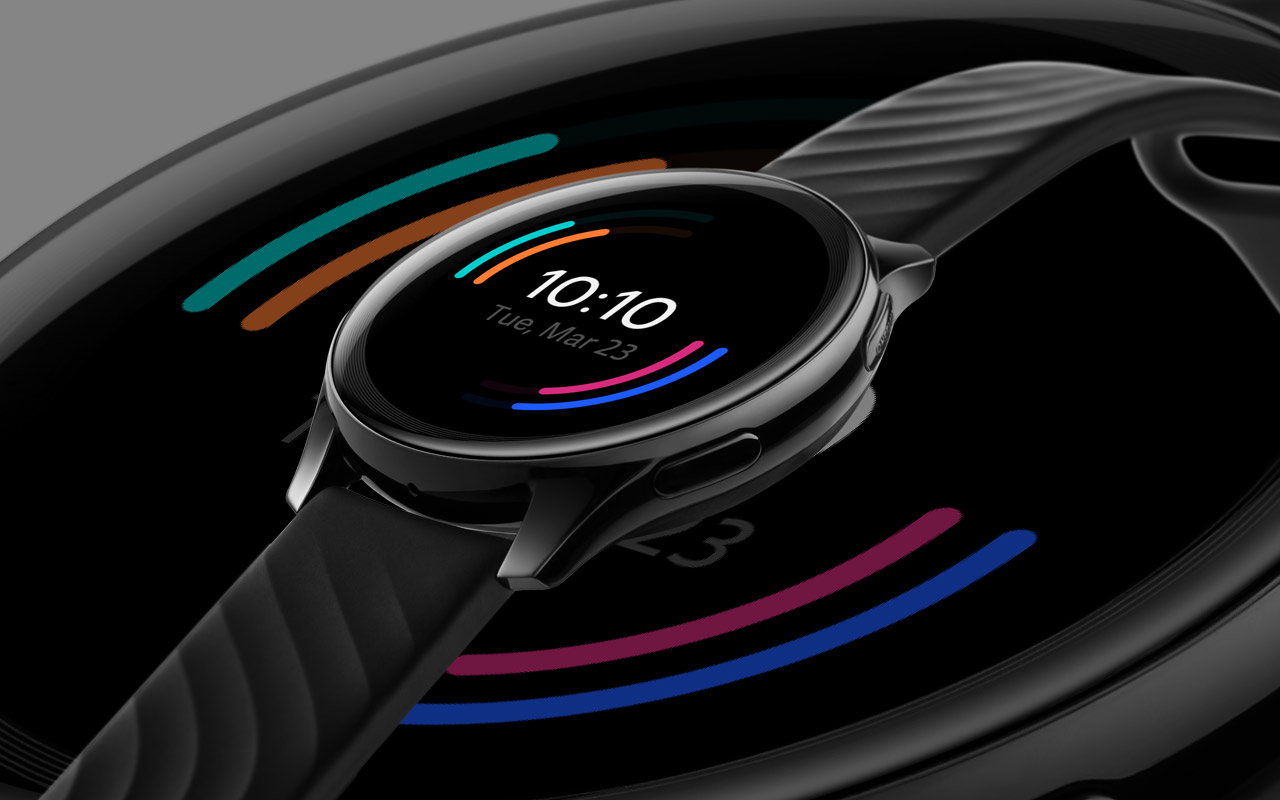If you own an Android phone, you probably know that your device isn’t quite as fast as it could be. That’s because most Android devices are designed to work with slower networks and can often get bogged down by large apps or even simple web pages. Fortunately, Nokia is introducing a novel new way to make your phone faster.
The company is using a technique called network slicing to offer a feature that allows users to access more reliable, high-speed connections at will. In theory, this will make it easier for smartphone users to stream video or download music without worrying about a slow connection. In addition, the new approach may improve battery life as it will allow smartphones to save power when they aren’t being used.
Nokia has been in the wireless business for a while, and it’s clear that this is an industry where it can still make significant inroads. The company’s latest innovations are part of a plan that the company is using to reinvent itself. The company’s mobile business has become the main focus, but it’s also exploring a number of other lines of business.
It’s easy to think of Nokia as a company that only makes cell phones, but that’s not really the case. The firm has been in multiple businesses over the years, and it has a long history of reinventing itself.
Nokia began in 1865 as a paper mill operation that Fredrik Idestam launched in the city of Tampere, Finland. He built a paper factory near the Nokianvirta River, and the name of the company was inspired by this location. The company expanded to include several other paper mills, and in the 19th century Idestam began developing mining operations, too.
In the early 1980s, Nokia’s mobile phone division started to crystallize into a major force in the market. That division was headed by Jorma Ollila, who pushed for a unified brand that would help drive growth internationally. He also focused on building strong relationships with suppliers and taking advantage of opportunities to capture new markets.
By the end of the decade, Nokia had overtaken Motorola as the world’s largest maker of mobile phones. Its success was due in large part to its innovative designs and its ability to quickly scale up production once it found a winning design.
However, the company’s new leadership decided that the Symbian operating system was no longer cutting it. It was time to try something new, and that’s why the company introduced the Nokia 3310 in 2017. This rebooted version of the iconic phone kept the same bold exterior but sported more modern internals including a 1.2Ghz processor, a color screen, and more. While this phone isn’t exactly a flagship model, it does show the mountain that Nokia has to climb to close the hardware and software gap with its rivals.


